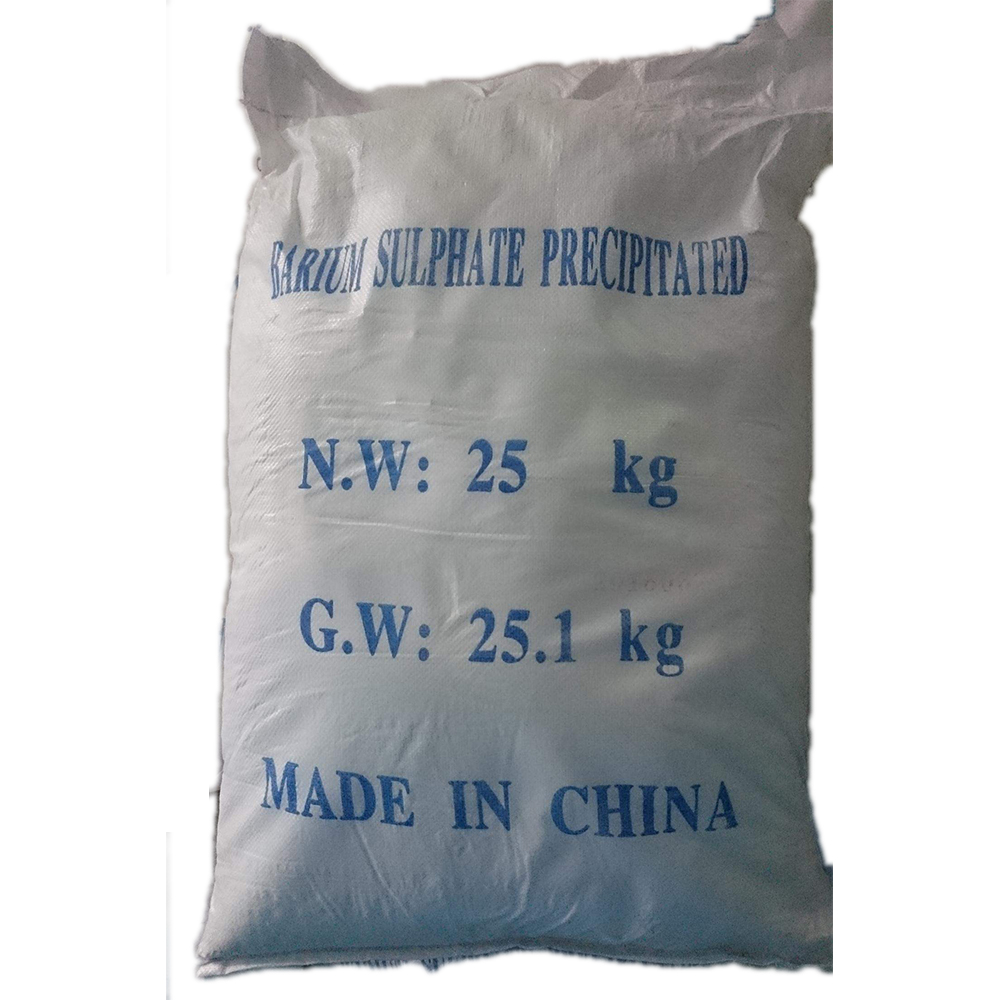



Understanding the pH Value of 1 N Sodium Hydroxide Solution in Chemistry
Understanding the pH of 1 N NaOH
The pH scale is a crucial aspect of chemistry, providing insight into the acidity or alkalinity of a solution. It ranges from 0 to 14, where a value of 7 indicates neutrality, values below 7 denote acidity, and those above 7 indicate alkalinity. Sodium hydroxide (NaOH) is a strong base widely used in various industrial applications, and its concentration significantly affects the pH level of a solution.
When we talk about a 1 N (normal) solution of NaOH, we are referring to a solution that contains one equivalent of NaOH per liter. Sodium hydroxide is a strong base that dissociates completely in water. This dissociation can be represented by the equation
\[ \text{NaOH} \rightarrow \text{Na}^+ + \text{OH}^- \]
In this case, each molecule of NaOH produces one hydroxide ion (OH⁻), which plays a critical role in determining the pH of the solution.
To calculate the pH of a 1 N NaOH solution, we first need to determine the concentration of hydroxide ions. In a 1 N NaOH solution, the concentration of hydroxide ions is 1 M (molar). The relationship between hydroxide ion concentration and pOH (which measures the concentration of hydroxide ions) is given by the equation
\[ \text{pOH} = -\log[\text{OH}^-] \]
For a 1 M NaOH solution, the calculation would be
ph of 1 n naoh

\[ \text{pOH} = -\log(1) = 0 \]
The relationship between pH and pOH is expressed by the formula
\[ \text{pH} + \text{pOH} = 14 \]
Using this relationship, if the pOH is 0, then the pH can be calculated as follows
\[ \text{pH} = 14 - \text{pOH} = 14 - 0 = 14 \]
Hence, the pH of a 1 N NaOH solution is 14, indicating a highly alkaline environment. This high pH is characteristic of strong bases, and it illustrates the solution’s potent ability to neutralize acids.
Understanding the pH of NaOH is significant in various applications such as titration processes, chemical manufacturing, and in the treatment of wastewater. Safety is paramount when handling such caustic substances, as they can cause severe chemical burns upon contact with skin or eyes.
In summary, the pH of a 1 N NaOH solution is 14, reflecting its strong basicity. This understanding is essential for both practical applications in the laboratory and industrial settings, where precise pH control can affect the outcomes of chemical reactions and processes. Knowledge about pH levels helps inform safety practices and the proper handling of chemical substances, ensuring that both human operators and the environment are safeguarded.
-
Why Sodium Persulfate Is Everywhere NowNewsJul.07,2025
-
Why Polyacrylamide Is in High DemandNewsJul.07,2025
-
Understanding Paint Chemicals and Their ApplicationsNewsJul.07,2025
-
Smart Use Of Mining ChemicalsNewsJul.07,2025
-
Practical Uses of Potassium MonopersulfateNewsJul.07,2025
-
Agrochemicals In Real FarmingNewsJul.07,2025
-
Sodium Chlorite Hot UsesNewsJul.01,2025










